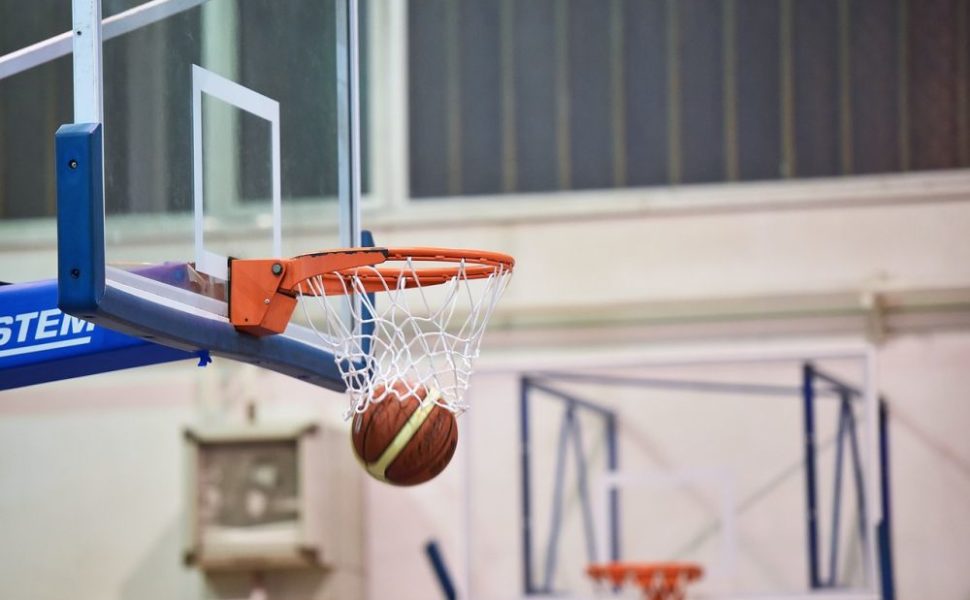Basketball Ball: The Ultimate Guide

Introduction:
The basketball ball is an essential component in the game of basketball. From its humble beginnings to its current popularity, the basketball ball has undergone significant transformations. In this comprehensive guide, we will explore everything you need to know about the basketball ball, from its types and popularity to quantitative measurements and the historical evolution of its advantages and disadvantages.
Overview of the Basketball Ball

The basketball ball is a spherical object used in the game of basketball. It serves as the primary tool for players to score points by shooting it into the opposing team’s hoop. The standard basketball ball has a circumference of 29.5 to 30 inches and weighs approximately 22 ounces. It is made of synthetic leather or composite materials, ensuring durability and grip.
Types of Basketball Balls
Various types of basketball balls exist to cater to different skill levels and playing surfaces. The most common types include indoor, outdoor, and training basketball balls.
1. Indoor Basketball Balls: These basketball balls are specifically designed for indoor courts, with smoother surfaces that allow for better grip and control. They are made of full-grain leather, providing an optimal feel and bounce on polished hardwood floors commonly found in indoor basketball courts.
2. Outdoor Basketball Balls: Outdoor basketball balls are designed to withstand the rigors of rough and abrasive outdoor surfaces such as concrete or asphalt. They feature a more durable rubber cover, providing excellent durability and resistance to wear and tear. These balls often have deeper grooves, allowing for better grip on outdoor courts.
3. Training Basketball Balls: Training basketball balls are designed to help players improve their skills. These balls usually have added features such as extra grip, weight distribution, or size modifications to enhance dribbling, shooting, and overall performance during training sessions. They come in various sizes to accommodate different age groups and skill levels.
Quantitative Measurements of Basketball Balls
1. Circumference: The circumference of a standard basketball ball typically ranges from 29.5 to 30 inches. This measurement ensures consistency in size and facilitates players’ ability to handle and shoot the ball accurately.
2. Weight: The weight of a basketball ball is approximately 22 ounces, providing a balance between maneuverability and control. This standardized weight allows players to develop muscle memory and familiarity with the ball’s handling.
3. Bounce: The bounce of a basketball ball is an essential characteristic. A regulation basketball ball should bounce between 49 to 54 inches when dropped from a height of 6 feet. This consistent bounce ensures fair play and predictable game dynamics.
4. Grip: A good basketball ball must offer adequate grip, especially when players’ hands become sweaty during intense gameplay. Manufacturers employ different technologies to enhance grip, such as pebbled surfaces or specialized rubber materials that provide excellent traction.
Differences Among Basketball Balls
Basketball balls vary in their characteristics, which can significantly affect gameplay. Factors that contribute to these differences include materials, construction, and surface texture.
1. Material: Basketball balls can be made of synthetic leather or composite materials. Synthetic leather balls offer a soft and natural feel, while composite balls are more durable and resistant to moisture, making them suitable for both indoor and outdoor play.
2. Construction: The construction of basketball balls affects their durability and feel. High-end basketball balls often feature a 100% nylon windings construction, providing excellent shape retention and consistent bounce. Cheaper options may have lower-quality stitching or inconsistent air bladder placement, resulting in less predictable performance.
3. Surface Texture: The texture of a basketball ball impacts its grip and handling. Balls with deeper pebbling or microfiber composite coverings offer enhanced control and grip, allowing players to hold and manipulate the ball with confidence.
Historical Overview of Basketball Ball’s Advantages and Disadvantages
Over the years, basketball ball technology has evolved, leading to various advantages and disadvantages associated with different types of basketball balls.
1. Full-grain Leather Balls: Full-grain leather balls were commonly used historically. They provided a superior feel and grip, enabling players to have precise control over their shots and passes. However, these balls required extensive maintenance and were not suitable for outdoor use due to their susceptibility to moisture and wear.
2. Composite Balls: The introduction of composite basketball balls brought many advantages. These balls offered durability, moisture resistance, and consistent performance both indoors and outdoors. They reduced the need for constant maintenance and allowed for versatile gameplay. However, some players argue that composite balls lack the same tactile experience as their full-grain leather counterparts.
Conclusion:
The basketball ball is a crucial aspect of the game of basketball. Understanding its different types, quantitative measurements, and historical evolution can provide players with insights into selecting the right ball for their needs. Whether playing indoors, outdoors, or engaging in training sessions, the basketball ball’s characteristics significantly impact gameplay. By considering factors such as grip, bounce, and construction, players can optimize their performance and enjoy the game to its fullest potential.
















































